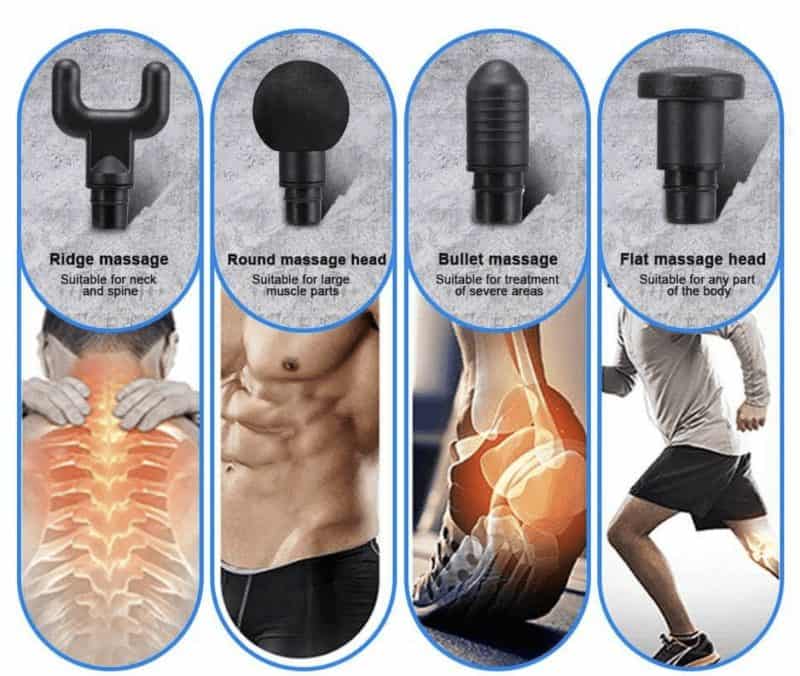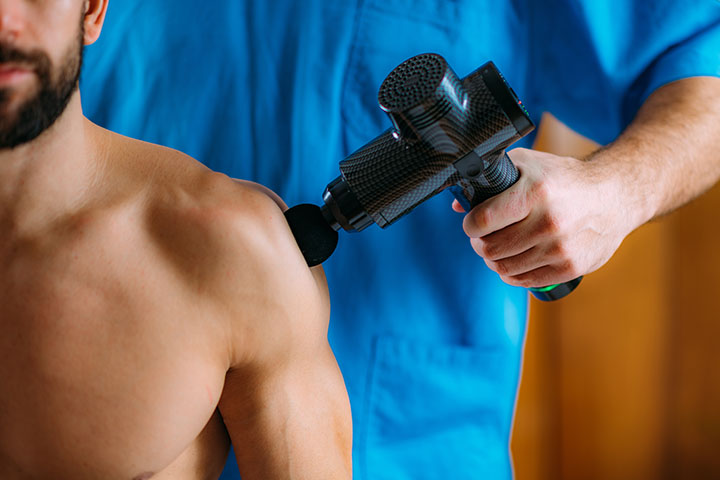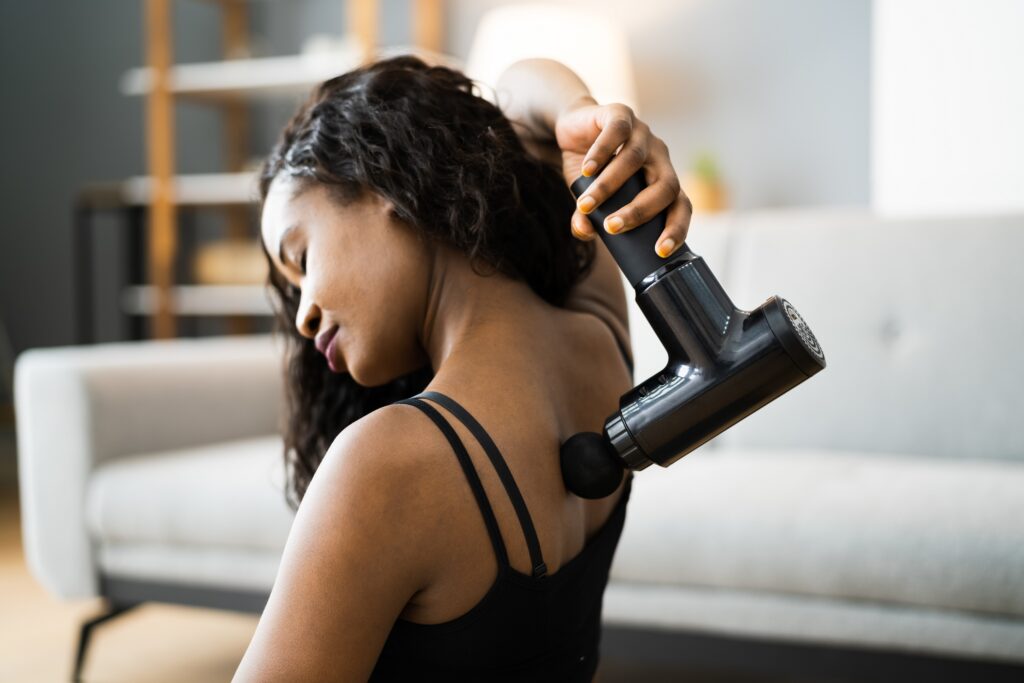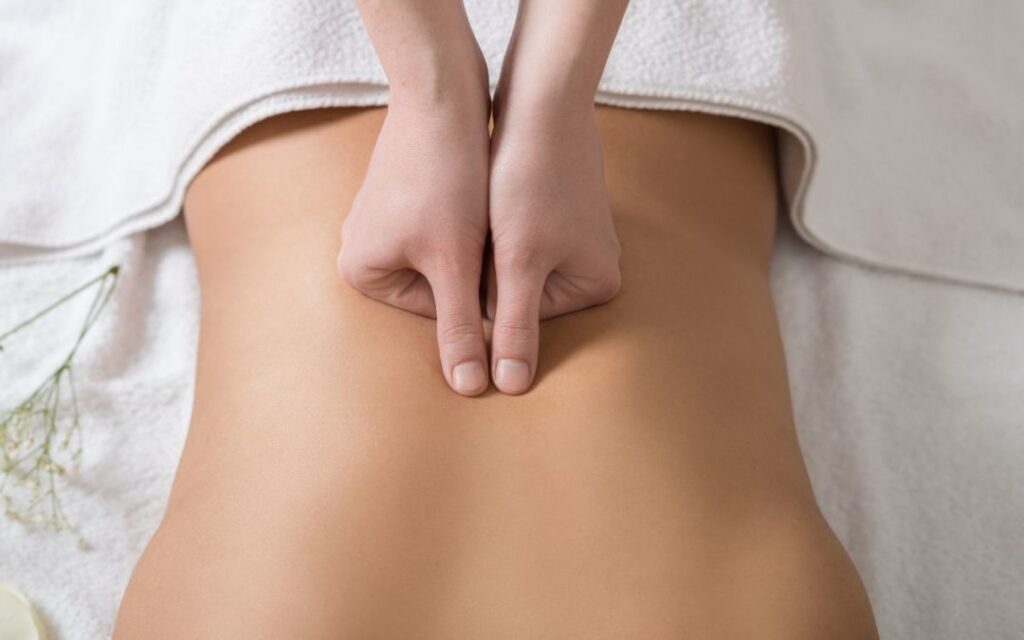Have you ever wondered which type of massage requires the most strength and skill? In this article, we will explore the world of massages and uncover the answer to the age-old question: what is the hardest type of massage? From deep tissue to Thai massage, we will delve into the various techniques and intricacies involved in each type, ultimately revealing the most challenging form of massage therapy. So, get ready to discover the physical and mental demands of these therapeutic practices, and prepare to be amazed by the incredible dedication and expertise required to master the hardest type of massage.
The Hardest Type of Massage
When it comes to massage therapy, there are many different techniques and modalities to choose from. Each type of massage offers its unique benefits and presents various challenges for both the therapist and the client. However, if you’re looking for a massage that truly pushes your limits and provides a deep and intensive experience, you might find yourself wondering: what is the hardest type of massage?
Deep Tissue Massage
Deep tissue massage is often regarded as one of the most challenging types of massage therapy. This technique focuses on reaching deeper layers of muscles and connective tissues to release chronic tension and alleviate muscle stiffness. Deep tissue massage requires the therapist to apply firm pressure and use slow, deliberate strokes to break up adhesions and knots, which can be challenging for both the therapist and the client. The therapist must possess strong hands and stamina to maintain the necessary pressure, while the client might experience some discomfort during the session. However, the lasting benefits of deep tissue massage, such as increased range of motion and reduced pain, make it a worthwhile and rewarding experience.
Thai Massage
Originating in Thailand, Thai massage is another type of massage that can be considered quite challenging. Unlike traditional western-style massages, Thai massage is performed on a mat on the floor, with the recipient fully clothed in loose, comfortable attire. The therapist uses their hands, knees, legs, and feet to apply rhythmic pressure and stretch the body into various yoga-like positions. Thai massage requires a high level of flexibility and physical strength on the part of the therapist, as they often use their body weight to apply pressure. For the client, Thai massage can sometimes be intense and demanding, as it involves deep stretching and passive yoga poses. However, the energizing effects and improved flexibility that Thai massage provides make it a worthwhile challenge.
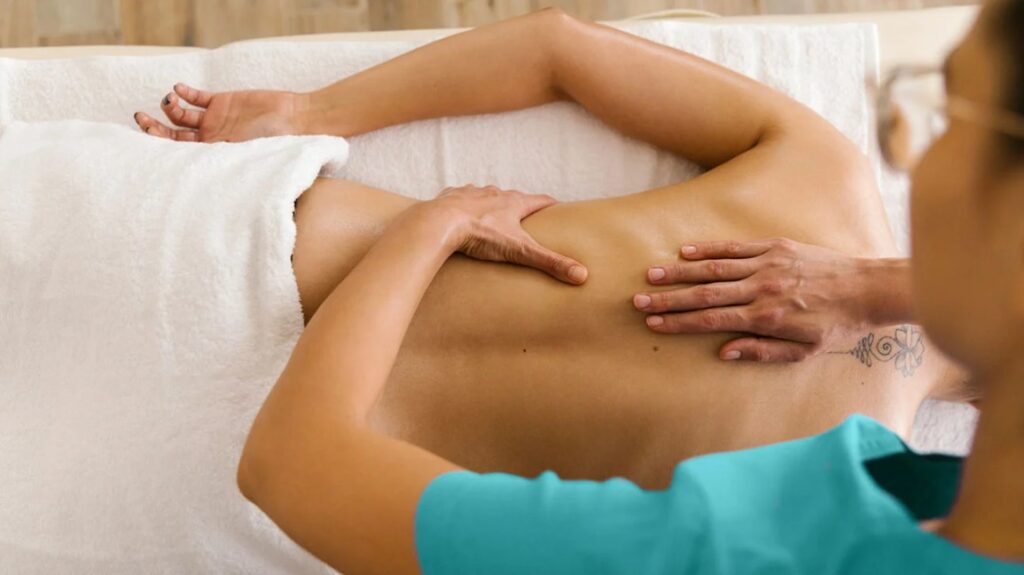
This image is property of i0.wp.com.
Sports Massage
Sports massage is specifically designed for athletes and individuals involved in rigorous physical activities. This type of massage focuses on preventing and treating injuries, improving performance, and promoting muscle recovery. Sports massage incorporates techniques from various modalities, such as deep tissue massage, stretching, and joint mobilization. The therapist needs to have a thorough understanding of anatomy and sports-related injuries to tailor the massage to the client’s specific needs. The difficulty of sports massage lies in the ability to assess and target problem areas, apply the right amount of pressure, and effectively address muscle imbalances. Both the therapist and the client must communicate closely to ensure maximum results and minimize discomfort during the session.
Shiatsu Massage
Originating in Japan, Shiatsu massage is a form of bodywork that focuses on balancing the body’s energy flow through specific pressure points. This type of massage involves rhythmic finger and palm pressure applied along the meridians, or energy pathways, of the body. Shiatsu massage requires the therapist to have a deep understanding of traditional Chinese medicine and the body’s energy system. It can be physically demanding for the therapist, as they need to use their fingers, palms, and elbows to apply precise pressure to the client’s body. For the client, the pressure points can sometimes be tender, but the therapeutic effects, such as reduced stress and increased vitality, outweigh any momentary discomfort.

This image is property of www.thegoodbody.com.
Rolfing Massage
Rolfing massage, also known as Structural Integration, is a unique type of bodywork that aims to improve posture, alignment, and overall well-being. It involves deep tissue manipulation and movement education to restore balance and integration within the body’s structure. Rolfing massage requires the therapist to have a keen understanding of anatomy and the interconnectedness of the body’s tissues. The therapist uses their hands, knuckles, and elbows to apply firm and direct pressure to specific areas, which can be uncomfortable for the client. However, as the body gradually releases tension and realigns itself, the transformation and long-term benefits of Rolfing massage can be profound.
Myofascial Release Massage
Myofascial release massage is a technique that focuses on releasing tension and restrictions within the fascial system, a web-like connective tissue that surrounds and supports muscles and organs. This type of massage involves slow and sustained pressure applied to specific areas of the body to release fascial adhesions and restore mobility. Myofascial release massage can be challenging for both the therapist and the client, as it requires a delicate touch and a deep understanding of the fascial system. The therapist needs to have excellent palpation skills to accurately assess areas of tightness and apply the appropriate amount of pressure. The client might experience some discomfort during the session, as the release of fascial restrictions can be intense. Nevertheless, the relief from chronic pain and improved posture that myofascial release massage provides make it a valuable therapy.
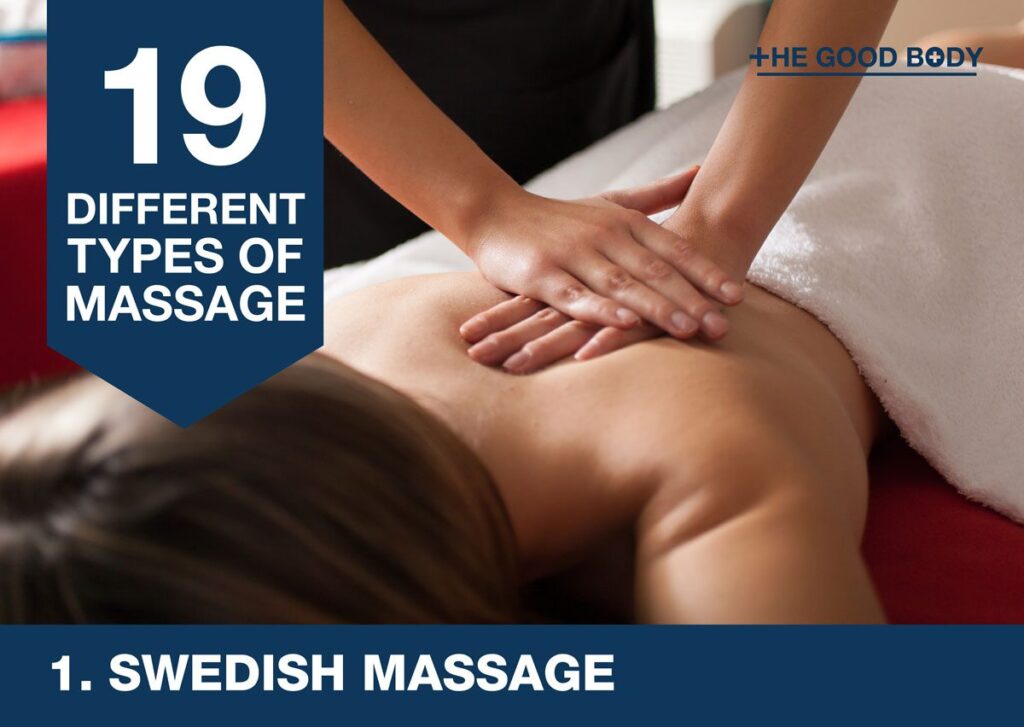
This image is property of www.thegoodbody.com.
Hot Stone Massage
Hot stone massage involves the use of smooth, heated stones placed on specific points of the body to promote relaxation and release muscle tension. The therapist may also use the stones as an extension of their hands to massage the client’s body. Hot stone massage requires the therapist to maintain a steady temperature of the stones and apply them with caution to prevent burns. The challenge lies in effectively using the stones to apply pressure and heat without causing discomfort or injury to the client. For the client, the sensation of the warm stones combined with the rhythmic massage can be deeply relaxing and soothing, offering a unique experience.
Swedish Massage
Swedish massage is one of the most well-known and commonly practiced types of massage therapy. It involves long, gliding strokes, kneading, and circular movements to improve circulation, promote relaxation, and ease muscle tension. While Swedish massage may not be as physically demanding as some of the other modalities mentioned, it requires a high level of technical skill and the ability to provide a consistent and flowing experience for the client. The challenge for the therapist lies in seamlessly transitioning between different strokes and maintaining a steady rhythm throughout the session. However, the relaxing and nurturing nature of Swedish massage makes it a popular choice for those seeking a gentle yet effective massage.
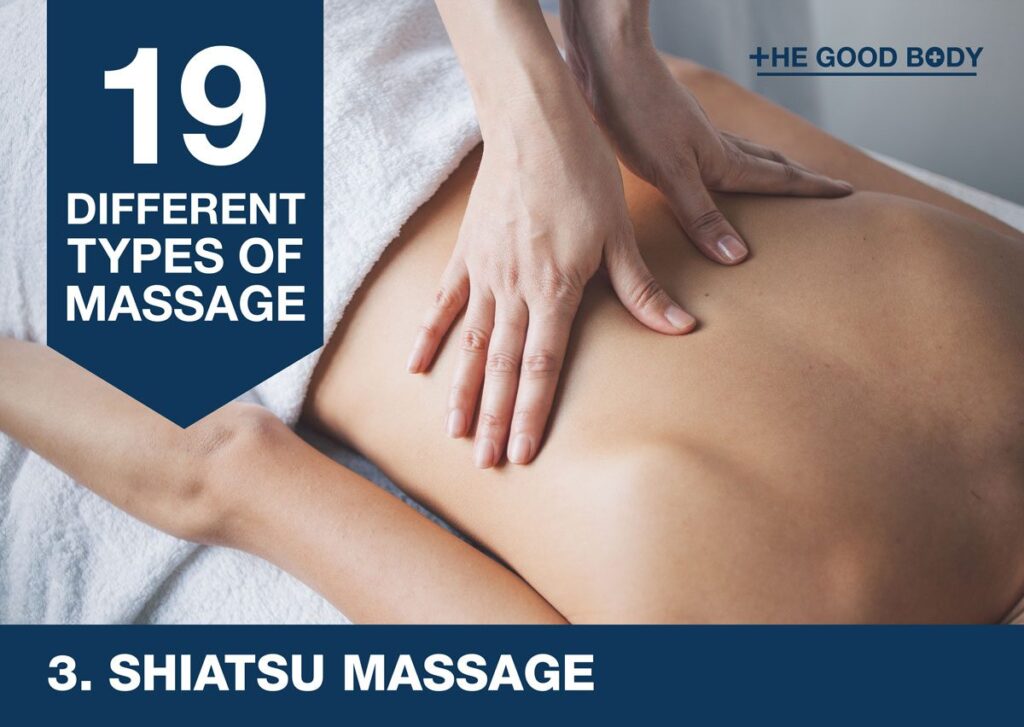
This image is property of www.thegoodbody.com.
Pregnancy Massage
Pregnancy massage is specifically tailored for expectant mothers to address the unique physical and emotional changes they experience during pregnancy. It focuses on alleviating discomfort, reducing swelling, and promoting relaxation. Pregnancy massage requires the therapist to have specialized training in prenatal massage to ensure the safety and comfort of both the mother and the unborn baby. The challenge lies in accommodating the changes in the client’s body, such as the growing belly, and adapting the massage techniques accordingly. Pregnant clients may also have specific concerns and sensitivities that the therapist needs to address with care and expertise.
Reflexology
Reflexology is a type of massage therapy that involves applying pressure to specific points on the hands and feet, known as reflex zones, which correspond to different organs and systems of the body. By stimulating these reflex zones, reflexology aims to promote overall well-being and restore balance to the body. Reflexology requires the therapist to have a thorough knowledge of the reflex zones and their connections to the body’s organs. The challenge lies in accurately locating and applying the right amount of pressure to these points to achieve the desired therapeutic effects. For the client, reflexology can be an enjoyable yet intense experience as the therapist works on the reflex zones to bring about relaxation and healing.
In conclusion, the hardest type of massage can vary depending on the individual’s preferences, needs, and tolerance levels. Each type of massage listed above presents its unique set of challenges for both the therapist and the client. Whether it’s the physical demands on the therapist, the discomfort experienced by the client, or the technical skills required, these challenging massages also offer significant benefits, ranging from pain relief to improved flexibility and overall well-being. If you’re willing to push your limits and embrace a massage experience that may be more intense, consider trying out one of these challenging modalities and reap the rewards of a deeply therapeutic session.

This image is property of www.thegoodbody.com.



